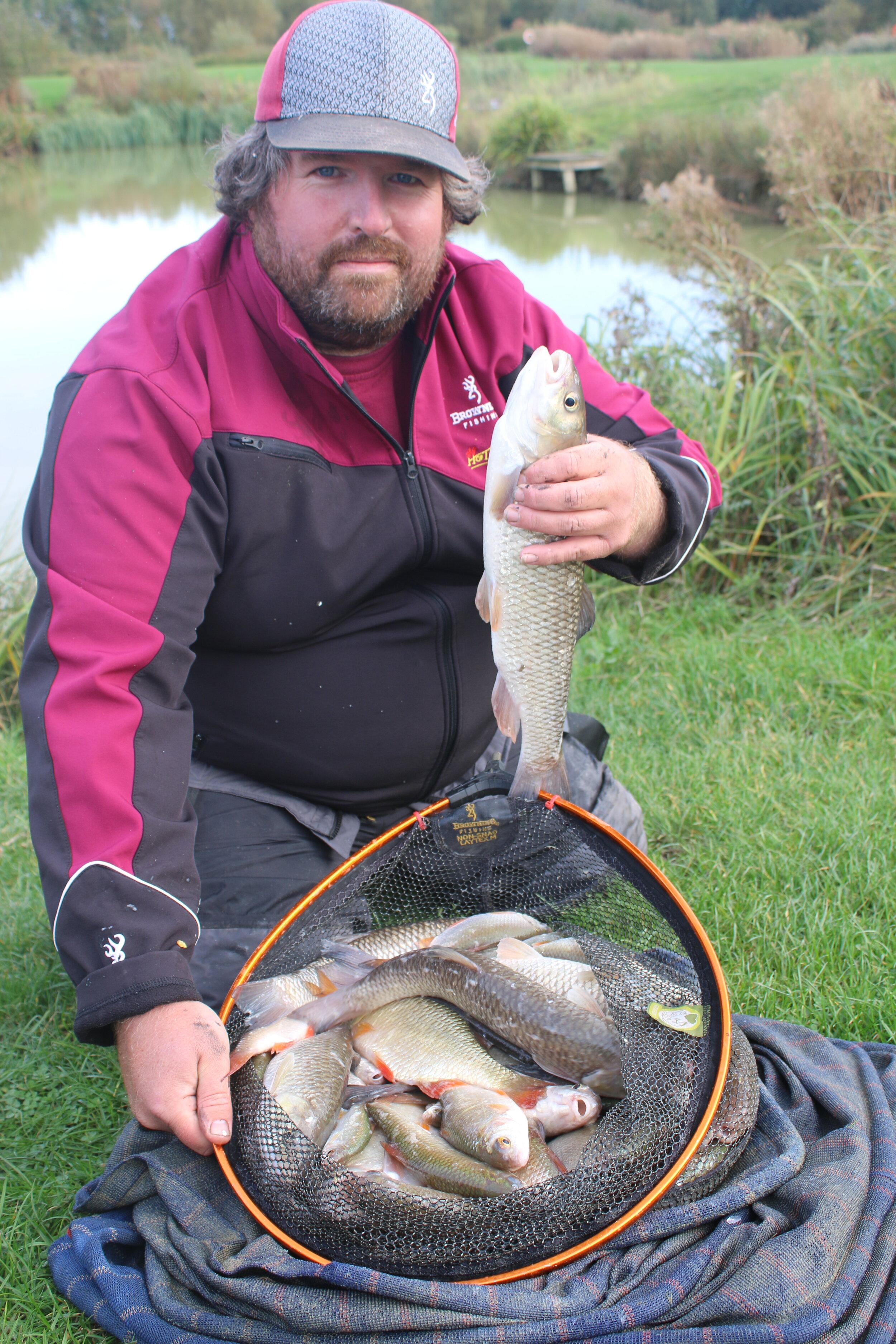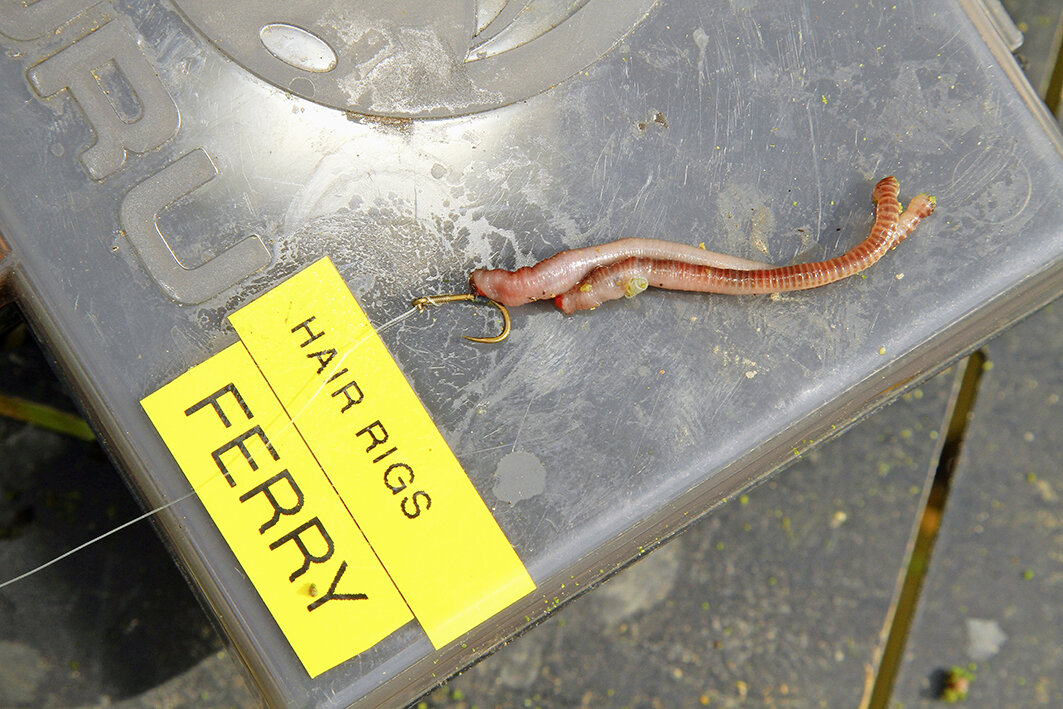Feeder Fishing Tips | 5 tips for bream on the feeder
Milder weather means one thing – bream! There’s no better way to catch them than on the feeder!
Vary the feed
Once you start fishing, try to judge how many fish are in the peg by the bites or indications you’re getting. If that’s not very many, it may be worth cutting back on the number of freebies going in through the feeder. There’s no point piling in more and more bait when there aren’t many fish there in the first place.
Let the fish tell you how much to feed
Big hits of bait
Making several quick casts at the start of the match will get some bait into the peg, but don’t bother doing it with the feeder you’re going to be fishing with – these are too small and will take too long. Instead, invest in a baiting-up feeder with a much bigger capacity. Between six and eight loads of bait are ample, using groundbait and a scattering of casters, dead maggots and pinkies, finely-chopped worm and a few bits of corn.
Baiting up feeders are a good way to kick off the swim
Watch the clock
Top bream anglers will always have a stopwatch by their side to time how long each cast is left out in the water. This is to try and work out when a bite is likely to come – if, for instance, you are getting most of your bites within 10 minutes, there’s little point in leaving the feeder out for longer than this.
Time how long you leave the feeder in
Redworms are autumn kings
Worms will still work their magic at this time of year, but on tricky venues it’s worth sourcing some redworms for the hook. These tiny worms are loved by bream, especially skimmers, despite their smaller size. Two or three fished on the hook make a brilliant bait, tipped off with a dead red maggot.
Redworms are a deadly bream bait
Add some colour
In clearing water, certain colours of bait and feed work really well for bream, with yellow the best of them all. Corn or a small yellow wafter or boilie catch loads of fish and you can also pep up your groundbait by adding Pastoncino. These small pieces of biscuit come in bright yellows and reds and just a handful stirred into mixed groundbait puts lots of little flecks through the feed for the fish to pick out when feeding.
Adding some colour can really boost results
How to get early season feeder success!
With the rivers closed, it’s now time to start looking at commercial waters to get your fishing fix – and there’s no better way to keep the bites coming than by fishing the feeder.
Whichever model you use, the swimfeeder is simple to fish with relatively easy rigs, and deadly accurate in terms of placing your hookbait right next to a small pile of feed at up to 60 yards range.
It’s a little early in the year to bank on catching consistently on the pole or waggler, and you can even use the same rod and reel that’s served you so well on the rivers in the past few months. Here are six things to master if you’re planning a session on the swimfeeder over the coming weeks…
1) Choose the right feeder
This is the first consideration when deciding to fish the feeder. A feeder is ideal for when the fish want a bit of bait to get stuck into, but don’t go too mad by picking a big feeder that holds a lot of pellets right now.
Minimal feed will still be best, so that means picking a smallish feeder that’ll drop just a good pinch of bait into the peg on every cast. Method or pellet feeders are both good but the Hybrid feeder from Guru has won over lots of anglers in recent years.
If the water is cold and clear, try changing from feeder to bomb from time to time. The bomb will offer minimal disturbance in the peg while giving you the option to fish a large, highly visible hookbait around minimal feed.
2) Find where the fish are
Depending on the swim, you’ll be faced with several options as to where to fish. The swim could have an island, a far bank, overhanging trees or lily pads that are just beginning to establish themselves again after winter.
All will attract and hold fish, so if your swim has any feature, cast to it. However, don’t be tempted into casting tight up to this feature, as often the water there will be very shallow.
Instead, aim to land the feeder a metre or so away, where the water will be a little deeper. In open water, make the cast to a range that you can comfortably reach and, if that is your plan, where you can feed over the top with a catapult.
3) Use bright baits
Changing hookbaits can be the key to cracking a commercial in early March, as the water will still be a little on the clear side and the fish not yet in full-on feeding mode.
Tried and tested favourites such as hard pellets and dead maggots work brilliantly for smaller fish but colour plays a big part, giving the fish a hookbait that they can easily pick out from a small patch of pellets or groundbait.
Corn is brilliant, but if you want to go down the boilie route a bright yellow, green or pink mini pop-up, dumbell or wafter-type bait can really trigger a response.
4) Feed over the top
You don’t always have to rely on the feed that’s going into the swim via the feeder to keep the fish happy. Loosefeeding pellets over the top of where you’re casting to can pay dividends too.
This is a popular ploy when bomb fishing too, introducing half-a-dozen 6mm or 8mm hard pellets over the top via a catapult every few minutes. This way you can regulate how much feed is going into the peg and work out how the fish are responding to it.
5) Use light hooks and lines
Although spring is just about here, that doesn’t mean that you should switch back to heavy lines and big hooks on a mixed fishery. Erring on the light side will get more bites over five or six hours of fishing, but a balance needs to be struck – go too light and you may get broken by a big fish, whereas too heavy and the fishing will be patchy.
For a typical mixed commercial water when F1s, skimmers and the odd better carp are likely, a hooklink of around 0.12mm matched to 5lb mainline and a size 16 or 18 barbless carp-style hook makes for a balanced set-up. Only if the peg is snaggy or the fish particularly big should you think about stepping up to heavier tackle.
6) Time your casts
With any form of feeder fishing, a big puzzle to solve is how long to leave the feeder out before recasting. On natural waters for bream, or when in search of big carp, this can be up to half-an-hour, but if you are fishing a heavily-stocked commercial water that’s home to small carp, F1s, skimmers, tench and barbel, you can reasonably expect to get bites fairly regularly. You should be aiming to build a swim up over time to create a small area for the fish to feed over.
Casting every five minutes will quickly establish feed on the deck, and if you are using small baits such as maggots and 4mm pellets you should catch within this five-minute window. Only if you change to a bigger bait in search of something that pulls back harder should you leave the rig out that bit longer.




















